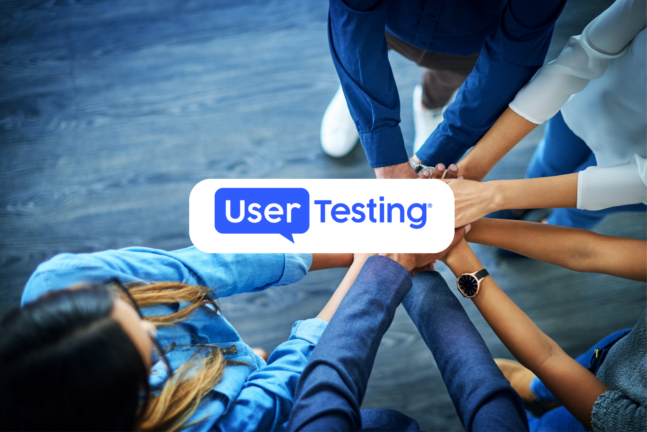Historically, customer surveys are some of the most common methods of collecting feedback. They help brands measure customer satisfaction and engagement, conduct market research, and implement improvements. Surveys are also a source of zero-party data—the information that customers intentionally and proactively share with brands.
Survey responses uncover the reasons behind customers' sentiments, and acting on this feedback can help companies drive growth, according to Gartner. When customers feel heard, they also feel appreciated. After all, people like to share their opinions.
"It boils down to two things: they have something to say, and they believe what they say could have an impact," said Julien Rio, CCXP and contributor to CX Scoop.
"If you can confirm these two things (by listening, acknowledging, taking actions, and informing them aka “closing the loop”), you will give a nice bump to your surveys’ marginal utility, increasing the chances this specific customer and others may continue playing along. If you do not, the marginal utility drops drastically, and even the most willing customers will not take the time to entertain your requests," he added.
However, customers might not always be eager to share their thoughts, leading to decreased engagement and survey fatigue. According to findings from Customer Thermometer, only 9% of respondents take the time to complete long questionnaires, while 45% reject the request without a second thought.
A McKinsey article reveals that the top reason people are unwilling to fill out surveys is their belief that organisations won’t share or act on these insights.
What is survey fatigue?
Survey fatigue is essentially a prolonged dip in response rates. If a brand has an engaged and responsive customer base, it's important not to bombard them with survey requests.
If customers feel overwhelmed by the number of surveys they receive, they might resort to either providing half-hearted answers, negative feedback, or more likely by ignoring the request.
There are multiple reasons why customers get frustrated with feedback requests, and involve everything from the frequency, length and type of questions in the survey.
How to prevent survey fatigue?
Brands should start by making one change at a time to clearly identify what is causing the fatigue. Once the root cause of survey fatigue is analysed, it's time to implement the necessary adjustments.
If the issue is frequency, companies should consider reducing the number of surveys to once a month or even once every few months, depending on the survey's purpose. If the problem lies in the length or format, it’s best to streamline the content and rethink the structure.
According to Typeform 2024 data report, the most effective survey designs have multiple-choice questions, followed by short text and long text questions.
A report by HubSpot reveals that seven to ten questions in a survey is the sweet spot for high engagement. Additionally, incorporating a progress bar can be beneficial—people like to know what they can expect. The progress bar tells exactly how many questions customers need to answer.
Exclusive language like "be the first" or "for subscribers only" has also been shown to improve survey performance; but, it is advised to keep such phrases to a minimum to avoid sounding gimmicky.
Transparency, conciseness, and a well-organised structure are key to great surveys.
"Effective surveys that garner high response rates and quality data are strategically built, prioritising length, relevance, and personalisation," said Wendy Smith, Senior Manager, Research Science at SurveyMonkey, a survey software company.
"Our own research found that people don’t want to spend more than 10 minutes on a survey unless they are highly interested or invested in the topic, or reasonably incentivised. Keep it brief. Aim for one page with ten questions or fewer. Group questions thematically, and cut questions that don’t directly support survey goals," she added.
If a survey must be longer, tell respondents why so they are more willing to participate. Also, minimise images, make sound judgment calls when it comes to requiring a response, provide context or a reason for asking sensitive or uncomfortable questions, and let respondents know how their responses will be used.
While surveys are a great method of collecting feedback, companies that are looking for more in-depth insights may want to leverage customer interviews or focus groups.
Additional feedback tools, such as social media monitoring and online reviews, can provide real-time insights into customer sentiment. These tools help companies identify trends, spot potential issues, and engage with customers in a dynamic and responsive manner.
The path forward
In the quest to avoid survey fatigue, it’s crucial to balance engagement with efficiency. By pinpointing the sources of survey fatigue — be it overloading your customers or crafting cumbersome questions — you can recalibrate your approach. Reduce the frequency, streamline the content, and make every interaction count. Employ clever touches like progress bars and exclusive language sparingly to keep your surveys fresh and engaging.
Generating effective feedback isn’t about asking more, but asking more smartly.









